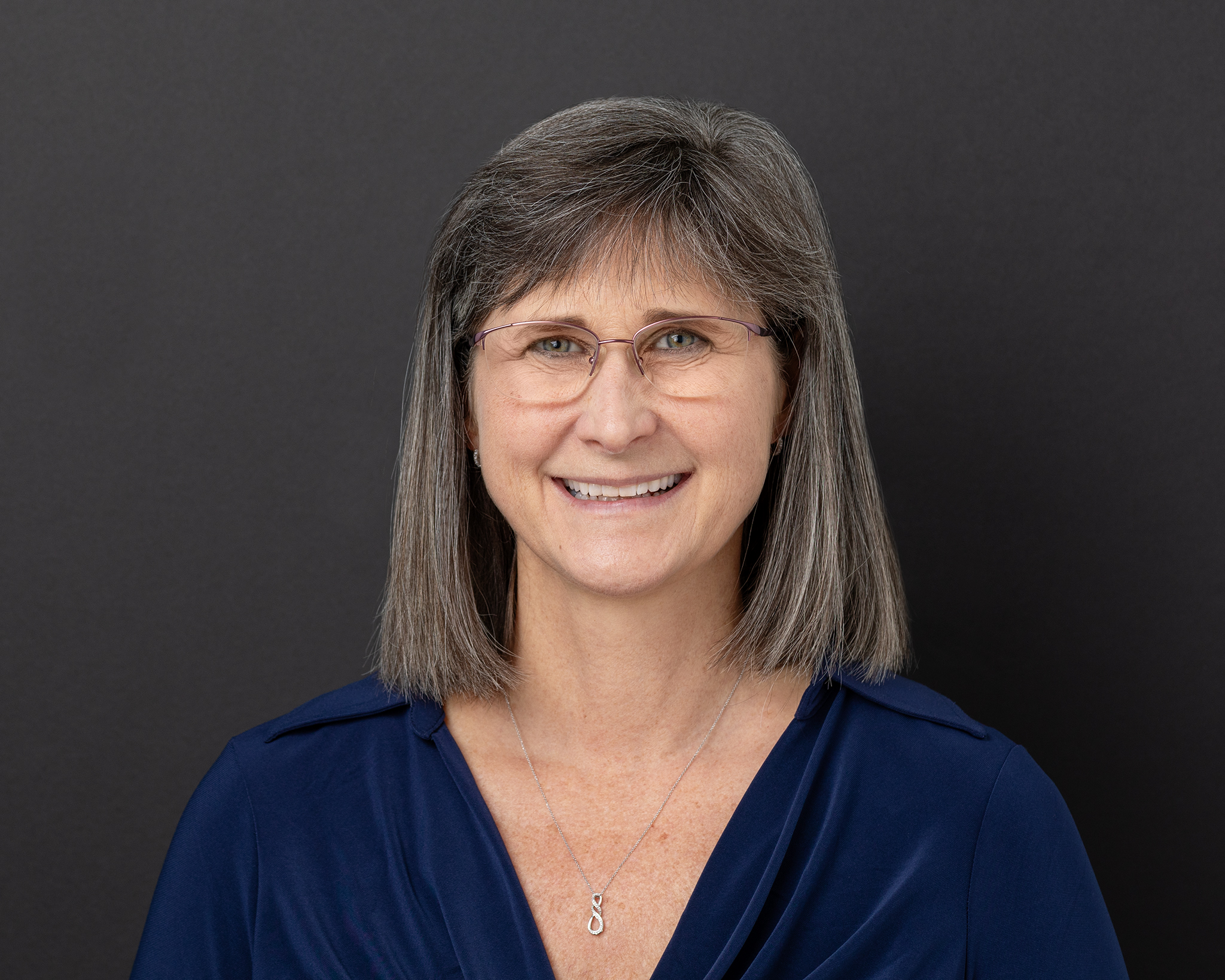
Dr. Johnston graduated in 1994 from Colby-Sawyer College and became certified as an Athletic Trainer. In 1998, she graduated with her Master’s Degree in Physical Therapy from Shenandoah University in Winchester, Virginia. She continued her education while practicing and completed her Doctorate Degree in Physical Therapy from Shenandoah University in 2004.
Dr. Johnston has completed specialty training in many areas. Some of those include:
BS: Emphasis in Athletic Training, Colby-Sawyer College, New London, NH 1994
MS: Physical Therapy, Shenandoah University, Winchester, VA 1998
DPT: Physical Therapy, Shenandoah University, Winchester, VA 2004
Your first visit with me will include a thorough evaluation to determine possible causes of your pain and determine what deficits are present throughout the body. That deficit may be a bit above or below the area of your pain. For example, pain in the knee may be caused from a deficit at the hip. I focus a lot on what the patients goal may be. Commonly patients want to get rid of pain but also, being able to ski, hike, play tennis, walk up and down stairs or be able to turn you head to look behind while driving the car. One of my jobs outside of mechanically determining the cause of dysfunction is to educate the patient on the cause of their pain. The more patient’s understand why they are having pain, the more we can change small things during a typical day that positively affect their pain. It can be as little as changing the position you sit in, the position you sleep in, the height of the computer monitor, or simply the way you stand that can make a big change in how you feel. The more patients understand about the cause of their pain, the less likely they will be to return to their faulty postures.
I believe that I have done my job well when patients can tell me why they are doing the exercise that they do and more so, what to do if their pain begins to return. Knowledge is power. The more you understand your body and how it functions, the better you are able to handle little issues that arise.
Another group of patients I commonly treat are post surgical patients, ie total hip, knee or shoulder replacements, ACL repairs, and rotator cuff repairs. Treating these patients are slightly different then patients I discussed above however the basis is the same. There is not as thorough of an evaluation needed at the beginning because we know the pain culprit. In my professional opinion, it is still very important to educate patients on what happens during surgery. Again, the more patients understand what the surgeon did during the surgery, the more they understand why they feel like they do, why they should avoid certain things and why the rehab timing is what it is.
I have had the distinct pleasure of working with patients in this area since 1998 and find nothing more satisfying when I see former patients at the local ski area, hiking Welch-Dickey or even at the grocery store and hearing the positive impact I have had on their life. I will never underestimate the trust that these patients have had in myself to help them through a challenging time in their life. I look forward to having the opportunity to continue helping people in our area achieve their personal goals in life.